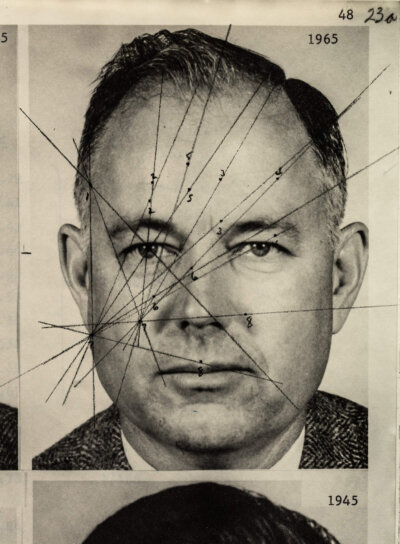The Secret History of Facial Recognition
Woody Bledsoe, an American, who is often credited with the pioneering of facial recognition technology, came from a poor family where he was the 10th of 12 children. Shortly before World War II, after three months of classes, he quit university to join the Army. Eventually he completed a PhD at Berkeley and worked on nuclear weapons research. He then became interested in automated pattern recognition (e.g. teaching computers to recognize written characters).
As noted in this WIRED article, there is evidence that some of Woody’s projects were funded by the CIA. In 1960s, he set out to teach a computer to recognize 10 faces, by dividing each face into features and comparing distances between them. Challenged by limited computer capabilities of the time, the task took him (along with some colleagues) years to accomplish, and included human input (e.g. facial coordinates had to be established by a human before computer could use them for recognition). Once completed, the computer was able to cross-match 100 faces in three minutes, whereas it took a human six hours.
Subsequently, Woody switched his professional interests to automated reasoning and artificial intelligence, and worked as a professor at the University of Texas for almost 30 years. In 1990s his functioning deteriorated secondary to ALS and he died in 1995.
Even though Woody stopped his work on facial recognition, the field continued to move forward. In 1970s, a Japanese computer scientist Takeo Kanade developed a program that extracted facial features without human input. In 1990s and beyond, multiple agencies progressed facial recognition technology.
Today, facial recognition has many uses. For example, biometric time clocks use advanced algorithms to detect, capture and match faces for time and attendance purposes.

